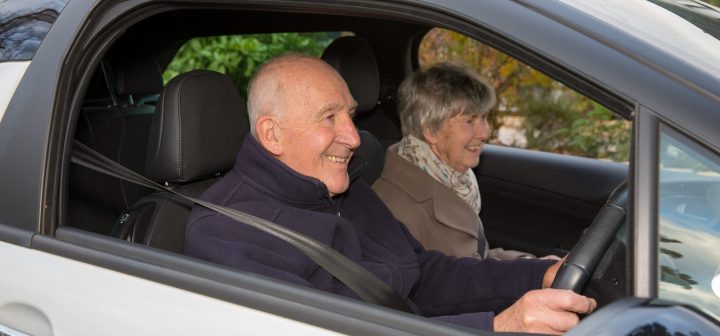With the high costs of running a car putting people off – shown by the 22% of UK households without one- to lifestyle shifts making driving less essential, many licence holders end up taking long breaks from driving.
Uswitch car insurance experts recently investigated motorists opinions on whether licence holders who have not driven for a prolonged period should be reassessed before returning to the roads.
Motorists should retake their driving test after a period of inactivity – according to the majority of UK drivers. Illness can force a driver to temporarily give up motoring but they can usually return behind the wheel with doctor’s consent.
However, the DVLA may insist on seeing a doctor’s certificate or subject a driver to a medical assessment.
The survey revealed that almost three in five (57%) motorists believe licence holders who haven’t driven for a long time should be required to retake their practical test. Additionally, half (50%) support mandatory theory test retakes.
When asked how long a driving break should be before a test retake is required, the most common answers were 5 to 7 years (33%) and 2 to 4 years (25%). Interestingly, 5% said even a break of less than 2 years should trigger a retest.
Currently, as long as an individual holds a valid driving licence, they’re legally allowed to be on the road – regardless of how long it’s been since they last drove.
Almost a third (31%) of motorists think inactive drivers should be required to take refresher lessons before returning to the roads. A quarter (25%) even think drivers should take refresher lessons in addition to retaking their test.
These respondents think inactive drivers should take 3 refresher lessons on average. Similarly to test retakes, they believe refresher lessons should be required after 5 to 7 years (33%) or 2 to 4 years (26%) of inactive driving.
The top reasons for motorists supporting retesting and refresher lessons for inactive drivers were all consistent. A key concern is that their skills may no longer be adequate due to lack of recent experience, posing a risk to their own, and other road users’ safety.
Motorists also want to ensure inactive drivers are fully aware of new or updated driving and road rules before getting back behind the wheel. Driving and road regulations are frequently modified or updated to reflect changes in laws, technologies and infrastructure. Even roads themselves may have changed since a motorist last drove before a break, such as new traffic systems, pedestrian crossings or even updated technology in cars.
Car insurance expert at Uswitch, Leoni Moninska, shares tips on safely returning to driving after a prolonged break:
-
“Be aware of lapsed insurance: Before you get back on the road, it’s crucial you have up-to-date car insurance. If you cancelled your policy for the duration of your break, this may be deemed as a lapse in insurance, which some insurers may consider higher risk – potentially increasing your premiums. While insurers don’t usually ask how long it’s been since you last drove, a gap in your insurance history could still impact quotes.
-
“Rebuild your driving confidence: Although a formal reassessment of your skills and knowledge isn’t mandatory, it’s still a good idea for the benefit of your safety and confidence. This includes revisiting the Highway Code – there are several apps focused around driving theory that can help you do this. To ease yourself back into driving, you could start by going to quiet, familiar roads during off-peak hours.
-
“Carry out vehicle safety checks: It’s important that the car you’re driving is safe, especially if it hasn’t been used in a while. The car must firstly be taxed, have an up-to-date MOT and of course, insurance. A few simple checks you can do include ensuring there are no warning lights on the dashboard, you have sufficient fuel, oil and coolant and the tyres are in good condition. A comprehensive list of safety checks is published by the Government. If you’re unfamiliar with the car you’re driving, or it’s new, make sure you’re aware of all controls and tech features before setting off.”
